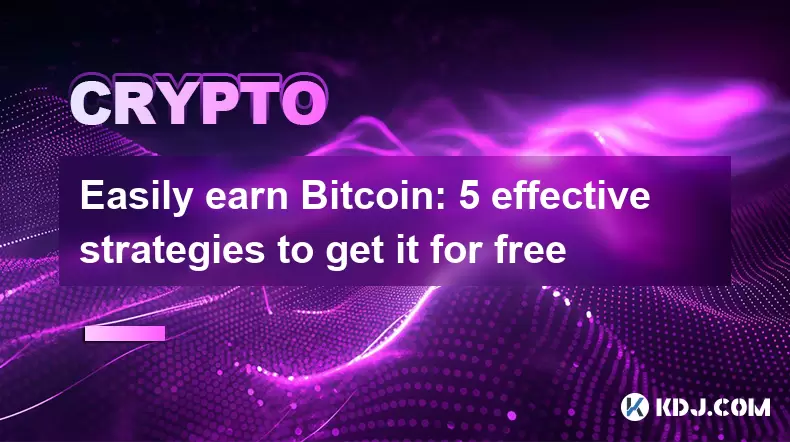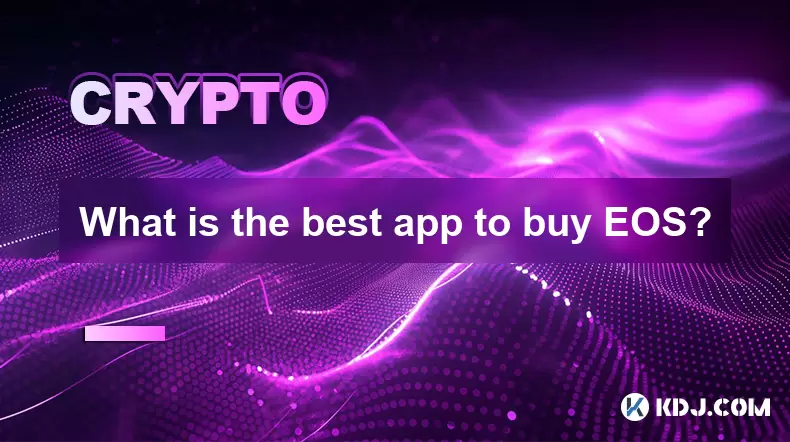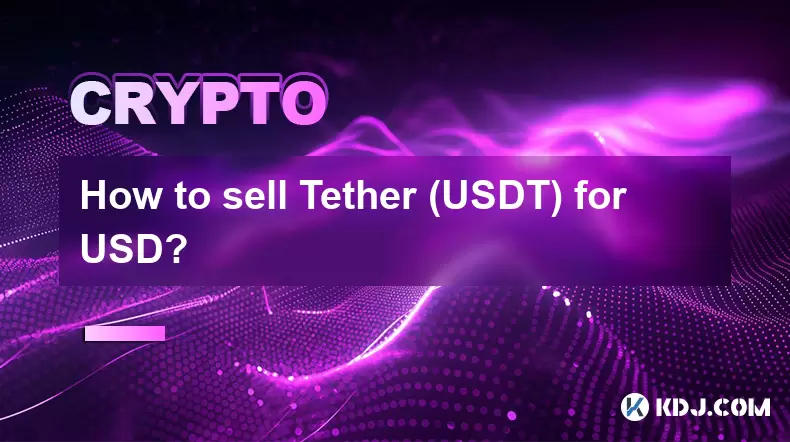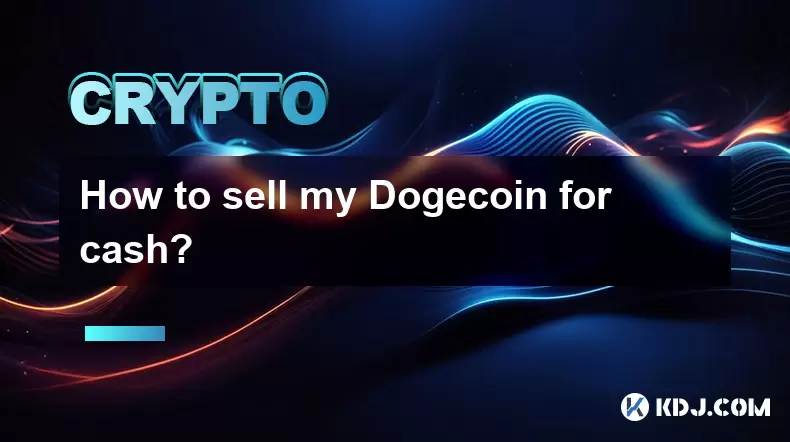-
 Bitcoin
Bitcoin $115000
0.88% -
 Ethereum
Ethereum $3727
2.86% -
 XRP
XRP $3.001
2.15% -
 Tether USDt
Tether USDt $1.000
0.03% -
 BNB
BNB $765.7
0.59% -
 Solana
Solana $169.5
3.52% -
 USDC
USDC $0.9999
0.00% -
 TRON
TRON $0.3391
1.24% -
 Dogecoin
Dogecoin $0.2059
2.68% -
 Cardano
Cardano $0.7418
2.24% -
 Hyperliquid
Hyperliquid $37.92
1.29% -
 Stellar
Stellar $0.4017
2.54% -
 Sui
Sui $3.508
2.67% -
 Chainlink
Chainlink $16.87
2.81% -
 Bitcoin Cash
Bitcoin Cash $569.4
2.08% -
 Hedera
Hedera $0.2472
0.22% -
 Ethena USDe
Ethena USDe $1.001
0.01% -
 Avalanche
Avalanche $22.29
1.22% -
 Litecoin
Litecoin $118.0
0.74% -
 UNUS SED LEO
UNUS SED LEO $8.924
-0.75% -
 Toncoin
Toncoin $3.236
1.65% -
 Shiba Inu
Shiba Inu $0.00001238
1.79% -
 Uniswap
Uniswap $9.827
3.02% -
 Polkadot
Polkadot $3.684
1.92% -
 Dai
Dai $1.000
0.01% -
 Monero
Monero $283.0
-2.73% -
 Bitget Token
Bitget Token $4.362
0.47% -
 Cronos
Cronos $0.1458
4.97% -
 Pepe
Pepe $0.00001054
2.58% -
 Ethena
Ethena $0.6238
9.53%
Easily earn Bitcoin: 5 effective strategies to get it for free
Earn Bitcoin for free with five methods: faucets, referrals, airdrops, mining, and staking. Research and verify legitimacy to avoid scams.
Jun 04, 2025 at 10:20 am

Easily earning Bitcoin without any investment can seem like a dream, but with the right strategies, it is indeed possible. This article will explore five effective methods that you can use to acquire Bitcoin for free. From participating in online activities to leveraging new platforms, these strategies are designed to help you accumulate Bitcoin without spending any money. Let's dive into each of these methods and understand how they work.
Faucets: A Simple Way to Start
Bitcoin faucets are websites or apps that reward users with small amounts of Bitcoin for completing simple tasks. These tasks often include solving captchas, watching advertisements, or participating in surveys. While the amounts you can earn from faucets are typically very small, they are a good starting point for those new to the world of Bitcoin.
To get started with Bitcoin faucets:
- Choose a reputable faucet: Research and select a faucet that has a good reputation and consistent payouts.
- Sign up: Create an account on the chosen faucet website or app.
- Complete tasks: Follow the instructions to complete the tasks provided, such as solving captchas or watching ads.
- Withdraw earnings: Once you reach the minimum withdrawal threshold, transfer your earnings to your Bitcoin wallet.
Referral Programs: Earn Through Your Network
Many cryptocurrency platforms offer referral programs that reward users for bringing new members into their ecosystem. These programs typically provide a unique referral link that you can share with friends and family. When someone signs up using your link and completes certain actions, you receive a portion of Bitcoin as a reward.
To maximize earnings from referral programs:
- Select a platform with a strong referral program: Look for platforms that offer generous rewards for referrals.
- Share your referral link: Utilize social media, forums, and personal networks to share your link.
- Encourage sign-ups: Provide clear instructions and incentives to encourage people to sign up using your link.
- Track your earnings: Monitor your earnings and ensure you receive the promised rewards.
Airdrops: Free Tokens for Participation
Airdrops are a popular method used by new cryptocurrency projects to distribute free tokens to the community. These tokens are often distributed to increase awareness and encourage adoption of the new project. To participate in an airdrop, you usually need to complete certain tasks, such as joining a Telegram group, following the project on social media, or holding a specific amount of another cryptocurrency.
To take advantage of airdrops:
- Research upcoming airdrops: Use websites and forums dedicated to listing upcoming airdrops.
- Verify the legitimacy: Ensure the airdrop is from a legitimate project to avoid scams.
- Complete the required tasks: Follow the instructions provided by the project to qualify for the airdrop.
- Claim your tokens: After the airdrop, follow the steps to claim your free tokens and transfer them to your wallet.
Mining: Earn Bitcoin Through Computation
Bitcoin mining involves using computer hardware to solve complex mathematical problems, which in turn validates transactions on the Bitcoin network. Miners are rewarded with Bitcoin for their efforts. While traditional Bitcoin mining requires significant investment in hardware and electricity, there are now cloud mining services that allow you to mine Bitcoin without purchasing expensive equipment.
To start mining Bitcoin:
- Choose a cloud mining service: Research and select a reputable cloud mining provider.
- Sign up and invest: Create an account and purchase a mining contract.
- Monitor your earnings: Keep track of your mining progress and earnings.
- Withdraw your Bitcoin: Once you have accumulated enough Bitcoin, withdraw it to your personal wallet.
Staking: Earn Bitcoin by Holding
Staking is a process where you hold a certain amount of cryptocurrency in a wallet to support the operations of a blockchain network. In return, you receive rewards, which can sometimes be in the form of Bitcoin. This method is less resource-intensive than mining and can be a passive way to earn Bitcoin.
To start staking:
- Choose a staking platform: Select a platform that supports staking and offers Bitcoin rewards.
- Deposit your cryptocurrency: Transfer the required amount of cryptocurrency to the staking platform.
- Stake your coins: Follow the platform's instructions to stake your coins.
- Earn and withdraw rewards: Monitor your staking rewards and withdraw them to your Bitcoin wallet when ready.
Frequently Asked Questions
Q: Are there any risks associated with these methods of earning Bitcoin for free?
A: Yes, there are risks involved. For instance, some faucets and airdrops may be scams designed to steal your personal information or funds. It's important to research and verify the legitimacy of any platform or project before participating. Additionally, cloud mining services may not always deliver the promised returns, so it's crucial to choose reputable providers.
Q: How much Bitcoin can I realistically earn using these methods?
A: The amount of Bitcoin you can earn varies widely depending on the method and your level of engagement. Faucets and airdrops typically offer small amounts, while referral programs and staking can potentially yield more significant rewards. However, earning substantial amounts of Bitcoin for free usually requires consistent effort and time.
Q: Can I combine multiple methods to increase my earnings?
A: Yes, combining multiple methods can help you maximize your earnings. For example, you can participate in faucets and airdrops while also engaging in referral programs and staking. Just ensure you manage your time and resources effectively to avoid spreading yourself too thin.
Q: Do I need a Bitcoin wallet to use these methods?
A: Yes, you will need a Bitcoin wallet to store and manage the Bitcoin you earn. There are various types of wallets available, including software, hardware, and online wallets. Choose a wallet that suits your needs and offers strong security features to protect your earnings.
Disclaimer:info@kdj.com
The information provided is not trading advice. kdj.com does not assume any responsibility for any investments made based on the information provided in this article. Cryptocurrencies are highly volatile and it is highly recommended that you invest with caution after thorough research!
If you believe that the content used on this website infringes your copyright, please contact us immediately (info@kdj.com) and we will delete it promptly.
- IREN Overtakes: A New King in the Bitcoin Miner Hashrate Race?
- 2025-08-07 16:31:29
- Memecoins Mania: Whales Eye Pepe Dollar (PEPD) as Bonk Cools Off, While MoonBull Hogs the Spotlight!
- 2025-08-07 16:51:17
- Unilabs, PEPE, and Investment Risk: Navigating the Crypto Hype
- 2025-08-07 16:31:29
- Meme Coin Mania: Rug Pulls, CZ-Inspired Tokens, and the Wild West of Crypto
- 2025-08-07 16:57:14
- HashFlare Founders Face the Music: Jail Time Looms?
- 2025-08-07 14:30:12
- Pepeto's Pounce: Meme Coin Mania Meets Blockchain Infrastructure
- 2025-08-07 15:10:12
Related knowledge

What is the best app to buy EOS?
Aug 07,2025 at 04:35pm
Understanding EOS and Its Role in the Cryptocurrency EcosystemEOS is a blockchain platform designed to support decentralized applications (dApps) with...

How to sell Tether (USDT) for USD?
Aug 07,2025 at 03:29pm
Understanding Tether (USDT) and Its USD ValueTether (USDT) is a stablecoin designed to maintain a 1:1 value ratio with the United States Dollar (USD)....

How to sell my Bitcoincoin for cash?
Aug 07,2025 at 02:14pm
Understanding the Basics of Selling Dogecoin for CashSelling Dogecoin for cash involves converting your DOGE tokens into a fiat currency such as USD, ...

What is Chainlink (LINK)?
Jul 22,2025 at 02:14am
Understanding Chainlink (LINK): The Decentralized Oracle NetworkChainlink is a decentralized oracle network designed to bridge the gap between blockch...

What is Avalanche (AVAX)?
Jul 22,2025 at 08:35am
What is Avalanche (AVAX)?Avalanche (AVAX) is a decentralized, open-source blockchain platform designed to support high-performance decentralized appli...

What is Polkadot (DOT)?
Jul 19,2025 at 06:35pm
Understanding the Basics of Polkadot (DOT)Polkadot (DOT) is a multi-chain network protocol designed to enable different blockchains to transfer messag...

What is the best app to buy EOS?
Aug 07,2025 at 04:35pm
Understanding EOS and Its Role in the Cryptocurrency EcosystemEOS is a blockchain platform designed to support decentralized applications (dApps) with...

How to sell Tether (USDT) for USD?
Aug 07,2025 at 03:29pm
Understanding Tether (USDT) and Its USD ValueTether (USDT) is a stablecoin designed to maintain a 1:1 value ratio with the United States Dollar (USD)....

How to sell my Bitcoincoin for cash?
Aug 07,2025 at 02:14pm
Understanding the Basics of Selling Dogecoin for CashSelling Dogecoin for cash involves converting your DOGE tokens into a fiat currency such as USD, ...

What is Chainlink (LINK)?
Jul 22,2025 at 02:14am
Understanding Chainlink (LINK): The Decentralized Oracle NetworkChainlink is a decentralized oracle network designed to bridge the gap between blockch...

What is Avalanche (AVAX)?
Jul 22,2025 at 08:35am
What is Avalanche (AVAX)?Avalanche (AVAX) is a decentralized, open-source blockchain platform designed to support high-performance decentralized appli...

What is Polkadot (DOT)?
Jul 19,2025 at 06:35pm
Understanding the Basics of Polkadot (DOT)Polkadot (DOT) is a multi-chain network protocol designed to enable different blockchains to transfer messag...
See all articles

























































































